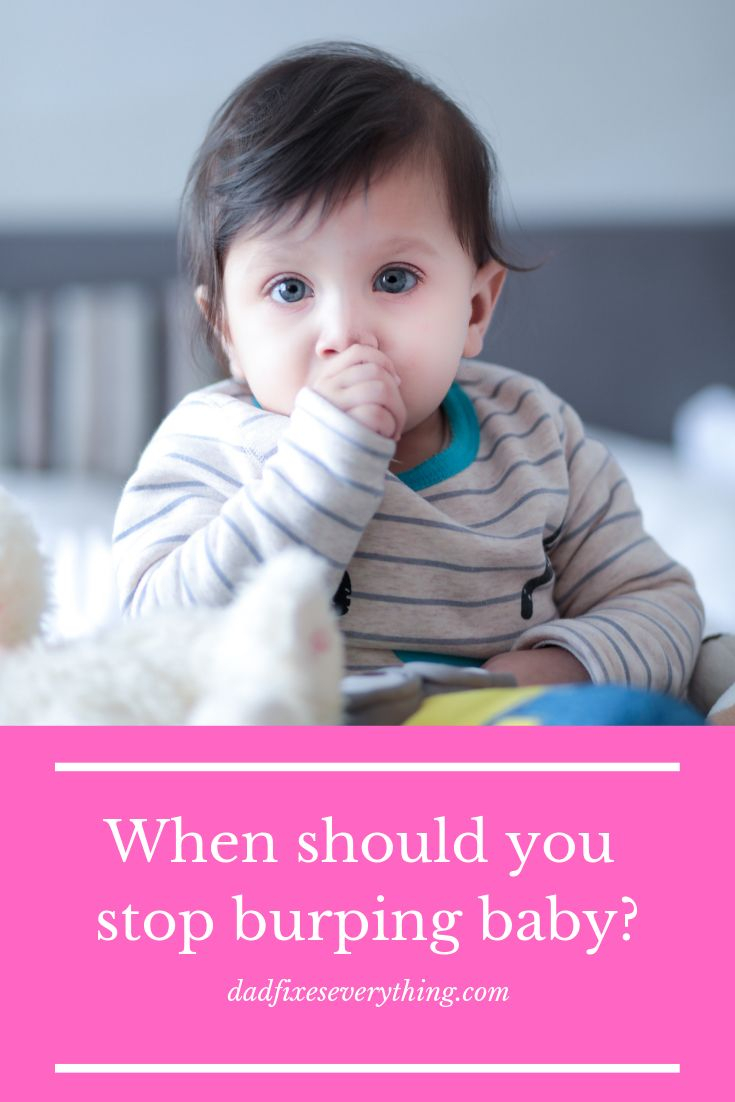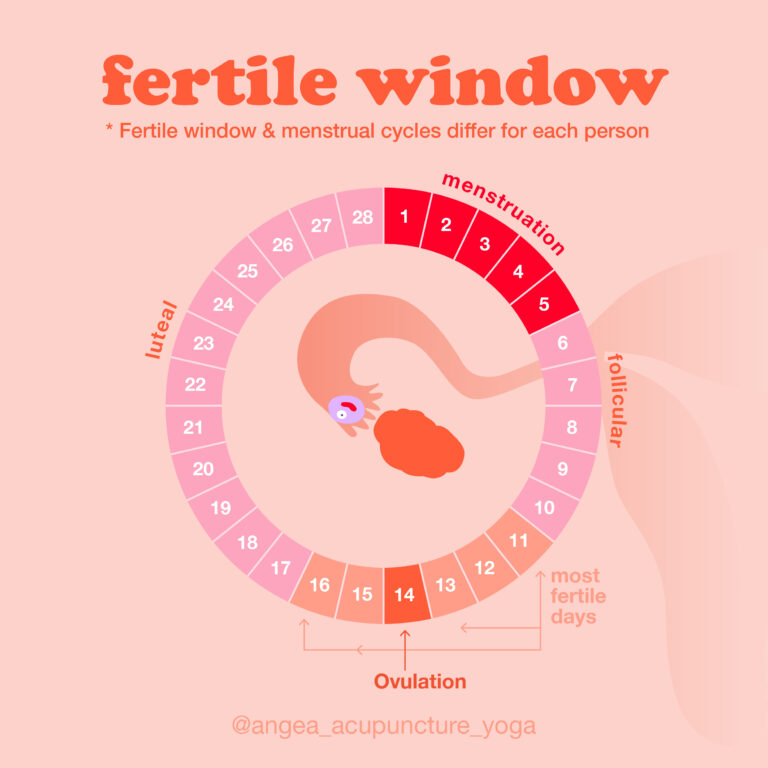Would You Rather Questions for Kids: Unlocking Imagination and Critical Thinking
In the realm of childhood, imagination and curiosity intertwine, creating a fertile ground for learning and exploration. “Would You Rather” questions are a playful yet profound tool that nurtures these qualities, inviting kids to engage in thought-provoking scenarios and make meaningful choices.
These questions transcend mere entertainment, offering a gateway to cognitive development, social interaction, and emotional growth. They ignite critical thinking, spark creativity, and foster empathy, making them an invaluable resource for parents, educators, and anyone seeking to enrich the lives of young minds.
Introduction
Would You Rather questions are a fun and engaging way to get kids thinking critically and creatively. They present two hypothetical scenarios and ask the child to choose which one they would prefer. This type of question encourages kids to weigh the pros and cons of each option, consider their own values, and make a decision.
Using Would You Rather questions with kids has several benefits. They can help to:
– Develop critical thinking skills
– Encourage creativity and imagination
– Promote decision-making skills
– Foster social and emotional development
– Provide a fun and engaging way to learn about different topics
Types of “Would You Rather” Questions
There are different types of “Would You Rather” questions that can be asked to kids, each with its own unique purpose and appeal.
Silly and Fun Questions
These questions are designed to be lighthearted and entertaining, often involving humorous or absurd scenarios. They encourage kids to use their imaginations and have a good laugh.
- Would you rather have a pet unicorn or a pet dragon?
- Would you rather be able to talk to animals or be able to read minds?
Thought-provoking Questions
These questions challenge kids to think critically and consider different perspectives. They encourage them to explore their values and beliefs.
- Would you rather live in a world where everyone is equal or a world where there is a clear hierarchy?
- Would you rather have a lot of friends or a few close friends?
Hypothetical Questions
These questions present kids with hypothetical scenarios and ask them to imagine what they would do. They encourage kids to use their problem-solving skills and think outside the box.
- Would you rather be stranded on a desert island with a group of friends or be stranded alone?
- Would you rather have the ability to time travel or the ability to read the future?
Personal Preference Questions
These questions ask kids about their personal preferences and help them to explore their own interests and values. They encourage kids to be honest with themselves and to respect the opinions of others.
- Would you rather go to the beach or go to the mountains?
- Would you rather play video games or read a book?
Creating Engaging “Would You Rather” Questions

Creating engaging “Would You Rather” questions for kids requires careful consideration of age-appropriateness and relatability. Here are some tips to help you craft compelling questions that will spark their imaginations and encourage lively discussions:
Use vivid language and relatable scenarios: Paint a vivid picture with your questions, using descriptive language and scenarios that kids can easily relate to. For example, instead of asking, “Would you rather have a bike or a car?” you could ask, “Would you rather zip through the park on a sleek red bike or cruise down the highway in a shiny new convertible?”
Imaginative Choices
Present kids with imaginative choices that stretch their thinking and encourage creativity. For example, ask them if they’d rather have the ability to talk to animals or the power to control the weather.
Personal Preferences
Create questions that tap into kids’ personal preferences and interests. Ask them if they’d rather spend a day at the amusement park or go on a camping trip. By incorporating their own likes and dislikes, you’ll make the questions more engaging and meaningful.
Humorous Options
Incorporate humor into your questions to make them more lighthearted and fun. For example, ask kids if they’d rather have a pet unicorn with rainbow hair or a talking hamster that tells jokes.
Challenging Choices
Pose questions that require kids to think critically and weigh the pros and cons of each option. For instance, ask them if they’d rather have the ability to fly or the power to read minds.
Using “Would You Rather” Questions in Different Settings
Versatility is key with “Would You Rather” questions. They’re not just for kids’ parties or icebreakers; they can also be used in educational and social settings to foster learning, connection, and entertainment.
In the Classroom
In the classroom, “Would You Rather” questions can serve as icebreakers, discussion starters, or even assessment tools. They can help teachers gauge students’ understanding of a topic, stimulate critical thinking, and encourage participation.
Benefits of Using “Would You Rather” Questions for Kids
Incorporating “Would You Rather” questions into children’s activities offers a myriad of cognitive, social, and emotional benefits.
These questions stimulate critical thinking by presenting scenarios that require kids to weigh pros and cons, consider different perspectives, and make informed choices. They also foster creativity by encouraging kids to explore their imaginations and come up with unique responses.
Empathy and Communication
“Would You Rather” questions promote empathy by allowing kids to step into the shoes of others and understand their feelings. They also encourage communication skills by providing a platform for kids to express their thoughts, opinions, and reasons.
FAQ Section
What is the purpose of “Would You Rather” questions for kids?
These questions encourage imaginative thinking, decision-making, and the exploration of values and preferences.
How can I create engaging “Would You Rather” questions for kids?
Use vivid language, relatable scenarios, and questions that align with their age and interests.
Where can I use “Would You Rather” questions with kids?
In the classroom, at home, during family game nights, or in social situations to spark conversations and build connections.
What are the benefits of using “Would You Rather” questions for kids?
They promote critical thinking, creativity, empathy, communication skills, and provide a fun and engaging way to learn and grow.





